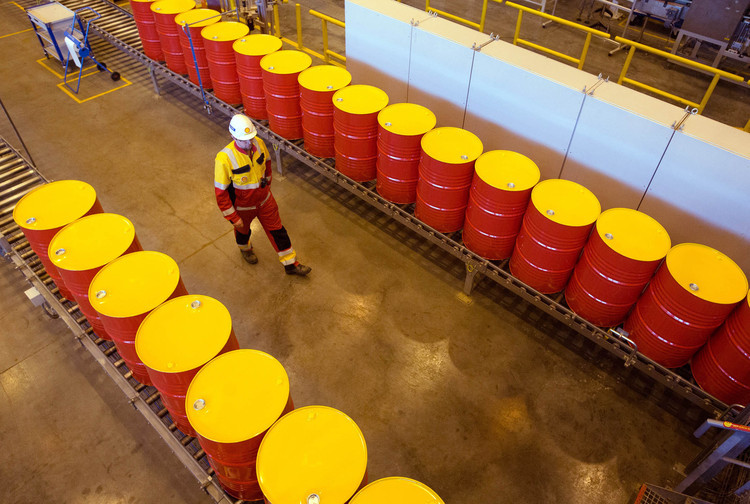
Crude held losses near $50 a barrel as investors weighed the likelihood of a deal to reduce supply after Russia’s largest oil company said the country was capable of a significant increase to output.
December futures lost 0.5 percent in New York after declining 2.3 percent Thursday. Russia has the capacity to add as much as 4 million barrels a day if there’s demand, Rosneft PJSC Chief Executive Officer Igor Sechin said, less than two weeks after President Vladimir Putin pledged his support for efforts by OPEC to limit output. The dollar extended gains for a second day, making commodities priced in the U.S. currency more expensive.
Oil has fluctuated near $50 a barrel amid uncertainty about whether the Organization of Petroleum Exporting Countries will be able to implement an accord to reduce output when they gather at an official meeting in November. An OPEC committee will meet later this month to try and resolve differences over how much individual members should pump. Nigeria said it cut the price of every type of crude it sells in an effort to boost its market share.
“Investors are probably going to be hedging their bets leading into the OPEC meeting, so I wouldn’t expect to see any aggressive changes in positioning before then,” Daniel Hynes, an analyst at Australia & New Zealand Banking Group Ltd., said by phone. “The odds of a deal being completed have increased significantly over the past couple of weeks.”
West Texas Intermediate for December delivery was at $50.40 a barrel on the New York Mercantile Exchange, down 23 cents, at 1:07 p.m. Hong Kong time. The contract fell $1.19 to $50.63 on Thursday. Total volume traded was about 30 percent below the 100-day average. The November future expired Thursday down 2.3 percent at $50.43 a barrel.
U.S. Shale
Brent for December settlement lost 17 cents to $51.21 a barrel on the London-based ICE Futures Europe exchange. The contract on Thursday declined $1.29 to $51.38. Prices are down 1.5 percent this week. The global benchmark traded at a premium of 81 cents to WTI for December.
For a story on the World Bank outlook on prices and the OPEC deal, click here.
The market may stabilize by the middle of next year at $52 to $55 a barrel, Sechin said Thursday, cautioning that prices above $50 may spur the recovery of U.S. shale production. Rosneft will carry out any instructions from the Russian Energy Ministry on oil production, he said.
Oil-market news:
The Bloomberg Dollar Spot Index, which measures the currency against a basket of 10 peers, advanced as much as 0.2 percent. Nigeria National Petroleum Corp. lowered by at least $1 a barrel its official selling prices, or OSPs, for 20 out of 26 oil grades monitored by Bloomberg, according to pricing lists.
Recommended for you
